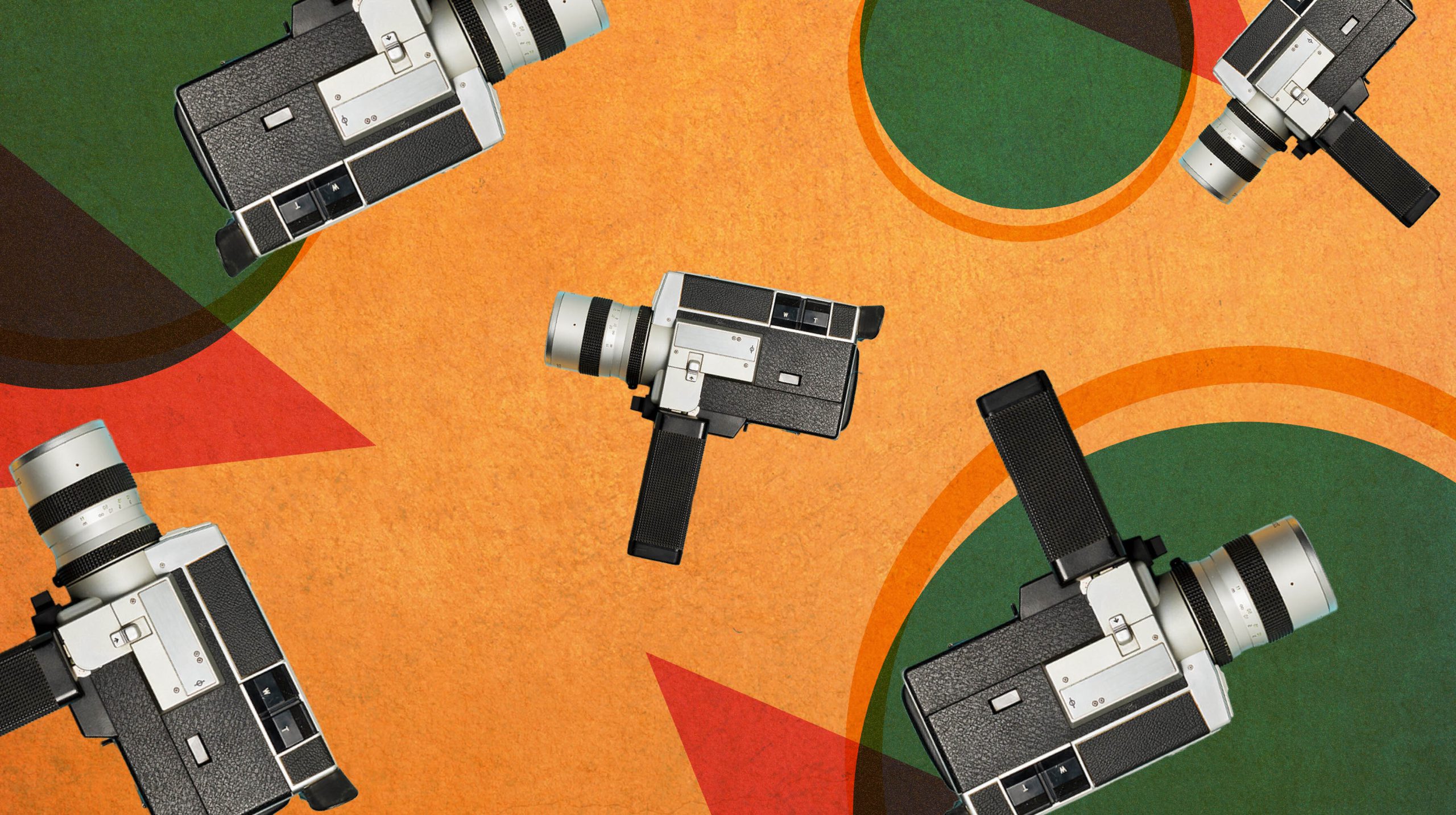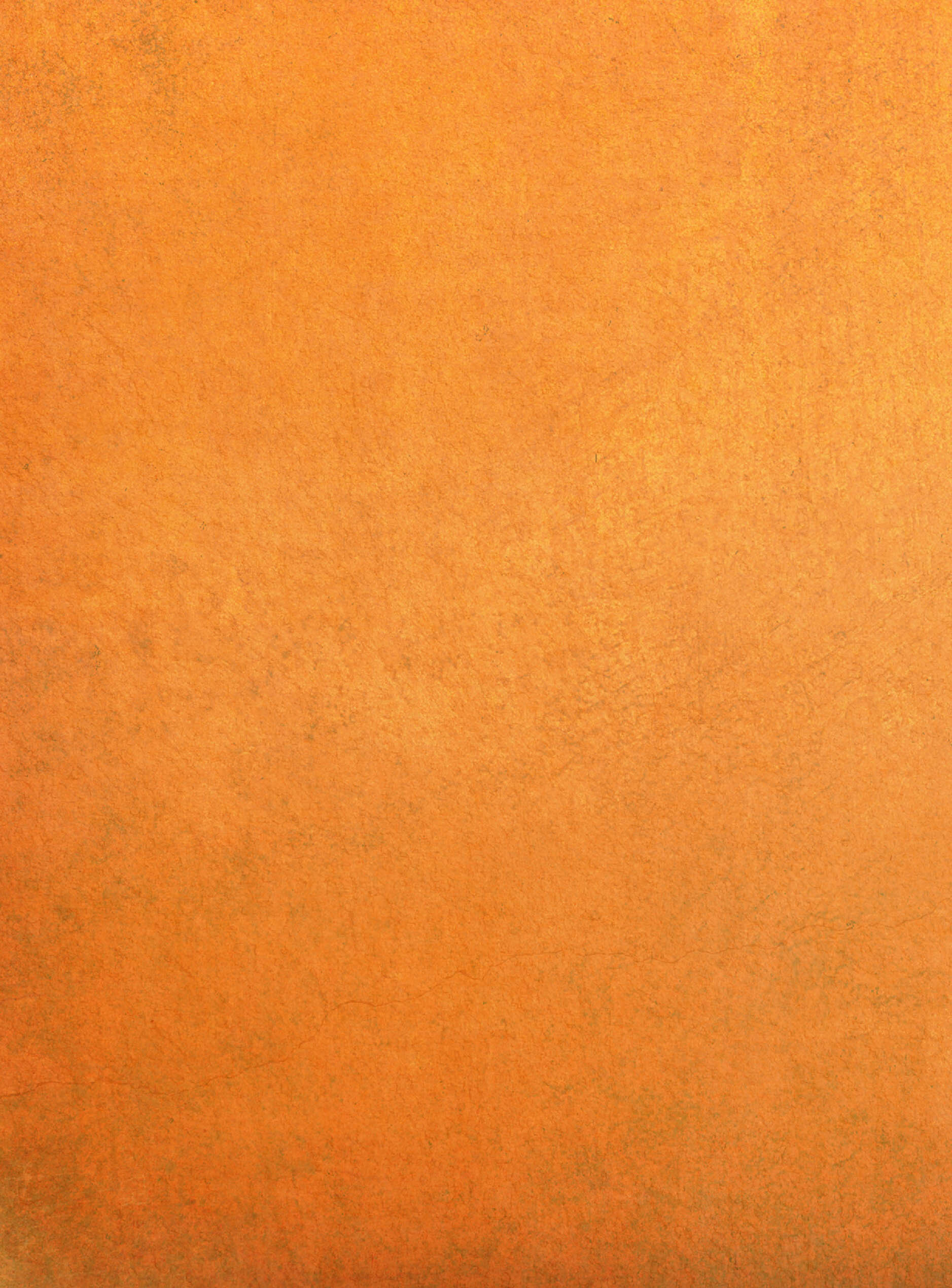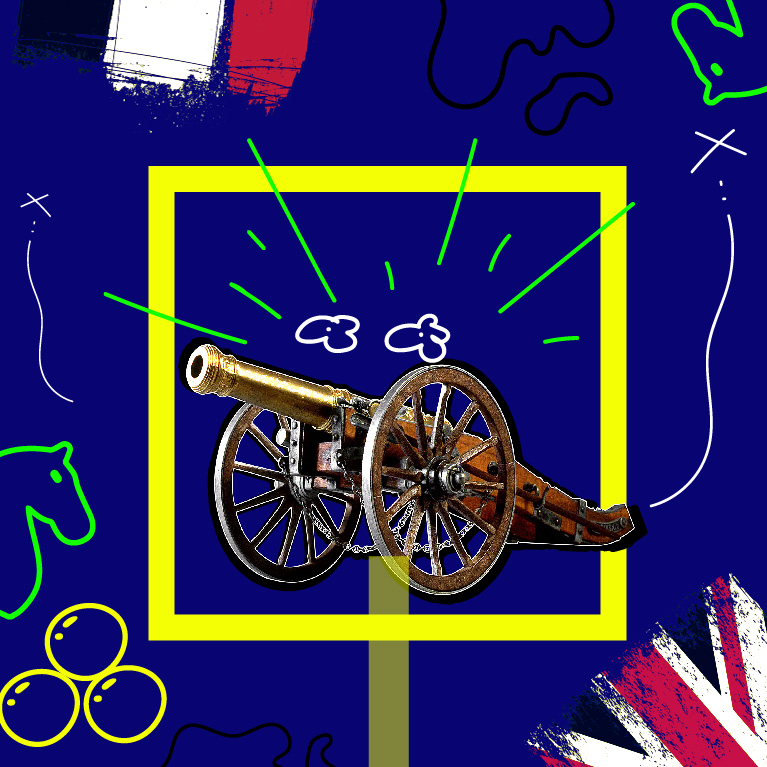

The Untold History of Fashion
The Untold History of Fashion
When did humans start wearing clothes, and why? How is our sense of fashion connected to the survival of our human ancestors?
Transcript
We all wear clothes. There’s a good chance you’re wearing them right now… And if not, I hope you’re somewhere very private or you could end up in jail. Almost everywhere on earth, it’s illegal to walk around naked. Just ask this guy… You may think you’re immune to fashion, but it actually plays a big part in your life. Because fashion is a huge global phenomenon. Around 300 million people worldwide are in jobs related to the clothing industry – in fact, if the industry were a national economy, it would be the seventh largest in the world.
But why is that? When did humans start wearing clothes, and why? Was it just for warmth or a bit of decency? Because now we also use them to look good and they can be central to our identities. How did that happen?
This video will explore how we humans went from avoiding big cats in Africa to strutting on catwalks in Milan. So, what’s the story with fashion?
An obvious theory for the origin of clothes is that they kept us warm or protected us from the sun. Humans don’t have thick fur like bears, and we can’t just spend the summer underground like some frogs… So when our ancestors left Africa around 70,000 years ago and encountered different climates, clothes were an ingenious means of protection.
Of course, other animals feel temperature extremes, but do any of them wear clothes? Strangely, yes! Hermit crabs slip into available shells to protect their fragile bodies, while the coconut octopus wears a coconut shell as a mobile home. Some caddis fly larvae build themselves a protective sleeve from fragments of rock and plants, bound together with silk. All these animal examples are about protection, but humans are the only animals that wear clothes to look good. Well, there is this one species of Australian turtle that grows green algae on its head and looks a bit like a punk rocker!
After our ancestors left Africa, they encountered other human species such as the Neanderthals in Europe. They were already wearing clothes when Homo sapiens arrived, and they had jewelry made from eagle talons. But despite their fierce fashion sense, they died out and Sapiens survived. This could be because our ancestors developed such good tools, including needles made of bone. These allowed them to make snug-fitting clothes to keep them warm in winter. Perhaps the humble needle decided who won this battle of the species.
But clothes are about more than warmth – they also communicate who we are. Archeological findings suggest that even before humans had clothes, they painted their bodies, and sported tattoos, piercings, and elaborate hairstyles. Clothing was just another form of expression. In fact, several excavations have revealed that the Stone Age was quite a stylish time. In Russia, archeologists found the skeletons of two young boys who were buried 34,000 years ago… and they were in pretty glamorous winter wear. Their clothes were covered in about 10 thousand ivory beads. It would take a single person more than a year working 24/7 to make that many beads. Talk about being a slave to fashion!
Interestingly, there are other theories about why humans started wearing clothes: clothing may have expressed a new sense of modesty. Many religions advocate covering part or all of the body. Or perhaps it was the other way around: humans used clothes to enhance their sexual appeal, tantalizingly hiding parts of their bodies. Or maybe people wanted to hide themselves completely: some scholars think that clothing may have started out as camouflage to help ancient hunters sneak up on their prey. Whatever the reason, clothing was an incredible development that allowed Homo sapiens to thrive in extreme environments. And the pursuit of ever more comfortable and expressive clothes drove some of the most important transitions in human history.
Take the Agricultural Revolution, which we could also call the Fabric Revolution. Around 12,000 years ago, the global climate was becoming warmer and wetter so heavy animal skins were out and breathable fabrics like linen and wool were in. The first fashionistas of the Neolithic era needed to get their hands on lots of flax, cotton, and sheep, but with agriculture, our ancestors domesticated various plants and animals, and grew their own wardrobes at home! However, the first farmers worked punishingly long days and suffered from diseases and malnutrition. Well, they do say you have to suffer for fashion.
Over the next few thousand years people continued to work hard for their clothes: fabrics were made by hand, and new clothes were very expensive. In the Middle Ages, Henry IV of England could boast that he always had a clean spare shirt, but fashion was for the wealthy and it changed very slowly. At the end of the medieval period, men’s tunics got steadily shorter until a man could signal how stylish he was by showing off… his knees. And women’s low-cut bodices in the Italian Renaissance gave way to the high collars of Spain’s Golden Age. But for most people, multiple outfits remained a luxury.
This would all change in the 18th century when fashion helped jumpstart another big transition in human history – the Industrial Revolution. The textile industry was among the first to benefit from industrial processes with new machines like the power loom. Cheaper fabrics and ready-made garments meant that many more people could keep up with fashion.
This led to an explosion of styles that changed how people looked… but also how they thought. Psychologists use the term “enclothed cognition” for all the ways our clothes affect our beliefs: according to research, teams wearing black uniforms are more aggressive than teams in brighter colors; if someone would wear a nurse uniform they would be more likely to help others; people perform better in negotiations when wearing suits; and people who wear police uniforms are more likely to shoot unarmed targets. They say you are what you eat… but maybe you are what you wear too.
Mass production of clothes has now been combined with globalization, the rise of consumer culture and the internet. Amazingly, these days many of our clothes have seen more of the world than we have! Fibers grown in one place are spun and woven into fabric on a different continent, sent to be dyed in another country, and shipped somewhere else to be cut and sewn, before the finished garments are transported across the ocean to be sold.
Clothes can now be produced so cheaply that we have revolutionized our relationship with external self-expression. Many of us have constant access to affordable new clothes so we just throw away the old tat and look fabulous in the latest must-have style. This “fast fashion” may be fun but there’s a catch.
Remember all that globetrotting our clothes do? If you buy a t-shirt for $5, how much did the farmhand who baled the cotton or the factory worker who stitched the seams get paid, given how many companies made a profit along the supply chain? And if fashion is so disposable, what happens to the clothes we throw out? And even if we want to keep them, how long will clothes produced that cheaply last? Sadly, cheap clothes come at a high cost for the environment and for the underpaid workers who produce them. Textile production is responsible for 20% of global clean water pollution. Clothing and footwear production result in 10% of global greenhouse gas emissions. That’s more than all international flights and maritime shipping put together!
We need to stop buying so many clothes, and help is at hand. There are websites that rank fashion brands for their ethics and sustainability; upcycling channels on YouTube show you how to make new garments from old ones; and socially-conscious designers now have completely digital clothing collections that can only be worn by online avatars.
Clothes have come a very long way since the Stone Age, and they’re now not only being made by machines, they’re also being designed by them. The world’s first fashion line designed by artificial intelligence made its debut in 2019. Erasmus said, “clothes make the man”, but what happens when AI makes the clothes, and digital avatars wear them?
Questions for reflection and discussion
The following questions can be used for a group activity (in a classroom or otherwise) or for personal reflection after watching the video.
- How many clothes do you have in your closet?
- Do you know where they were manufactured?
- What is the cheapest piece of clothing you ever bought? And the most expensive?
- What makes you buy new clothes? Do you have a specific taste, or do you buy clothes based on current trends? How many clothes would you say you buy every year?
- Do you feel different while wearing different types of clothes and uniforms? Does wearing a suit, for example, make you behave differently? Can you think of a time when wearing a uniform made you act in a certain way?
- Did you ever wear a piece of clothing that is considered to be of another gender? If so, how did that make you feel? If not, would you ever consider doing so?
- Did you ever wear a piece of clothing you once swore to never wear? Do you think your taste in clothing changes over the years?
- Imagine the fashion trends of the future – what will people be wearing in 2050?



